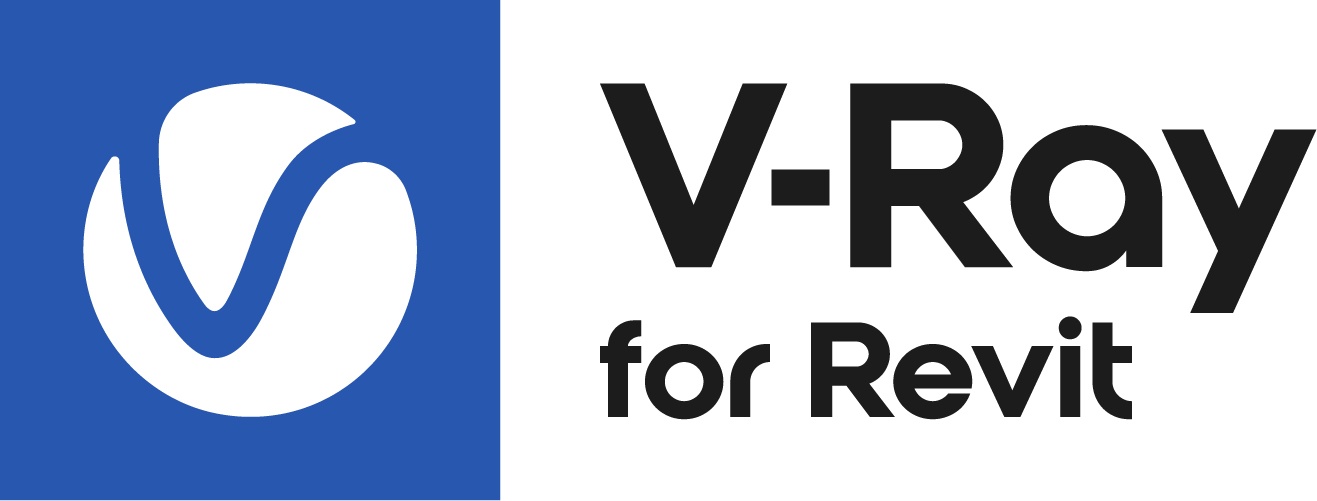Overview
The Objects tab allows you to replace basic Revit families of various categories with advanced photoreal geometries from external files at render time only. They are not present in the Revit model and do not use up any resources. This allows the rendering of models with many millions of faces, more than Revit itself can handle.
Note that you can replace an object with an imported a .vrscene file, which allows for assets, such as geometry, materials, and lights, to be shared together between all platforms that run V-Ray. V-Ray Scene materials and geometry are non-editable and lights can only be toggled on and off.
Depending on the use case, a proxy file might be more appropriate than a .vrscene file. Once imported, its parameters are available in the Asset Editor's Geometry tab.
Search Bar and Filters
Show Families
The filter allows you to filter the list of objects based on the following options:
All – Shows all families that are currently loaded into the Revit project file.
Used in project – Shows all families that are already placed into the Revit model.
You can search either a specific family item name or a whole family category. Families can also be searched by name or material ID in the Filter search bar. Selecting a single or multiple families in the Revit viewport activates the filter as well.
V-Ray Mapping
Applies a filter based on the proxy override.
All – Shows a list of all families.
Mapped – Shows a list of all families which are currently overridden with a V-Ray Proxy or V-Ray Scene.
Unmapped – Shows a list of all families which have not been overridden with a V-Ray Proxy/V-Ray Scene yet.
Parameters
Replace objects with V-Ray Proxy
The .vrmesh is a special file format which contains all geometric information of a mesh, needed to render it - vertices and face topology, as well as texture channels, face material IDs, smoothing groups, normals, etc. In addition, the mesh is preprocessed and subdivided into chunks for easier access.
It is important to realize that the mesh is in a "ready to render" format in terms of geometric state, therefore no further modifications to its geometry are possible.
To override an object with a V-Ray Proxy, make sure that you have imported a Proxy Mesh in the Asset Editor. Then click on the V-Ray icon menu and select a Proxy Mesh.
Once you have selected a file, the following options become available:
Scale – Allows you to scale the V-Ray Proxy.
Rotation – Allows you to rotate the V-Ray Proxy around its vertical axis.
Flip Axis – Allows you to flip the V-Ray Proxy around its horizontal axis.
Randomize/Seed – Defines scale and rotation range (min/max) for the selected items to be randomized. Use the Refresh button on the right to choose between random combinations. Use the Navigation history arrows () to switch between random combinations.
Currently, V-Ray supports proxy replacement of the following Revit family categories: Casework, Entourage, Furniture, Furniture System, Generic Models, Planting, Site, and Specialty Equipment.
Replace objects with V-Ray Scene
VRayScene allows for assets to be shared between all platforms that run V-Ray. It links a previously saved .vrscene file into V-Ray for Revit and supports rendering geometry, materials and lights.
To override an object with a V-Ray scene, import the .vrscene file in the Asset Editor > Geometries > Proxy Scene. Then, in the Appearance Manager, select an object to override and click on the V-Ray icon menu to select the Proxy Scene. Once you have selected a Proxy Scene, the following options become available:
Scale – Allows you to scale the V-Ray Scene
Rotation – Allows you to rotate the V-Ray Scene around its vertical axis.
Flip Axis – Allows you to flip the V-Ray Scene around its horizontal axis.
Randomize/Seed – Defines scale and rotation range (min/max) for the selected items to be randomized. Use the Refresh button on the right to choose between random combinations. Use the Navigation history arrows () to switch between random combinations.
